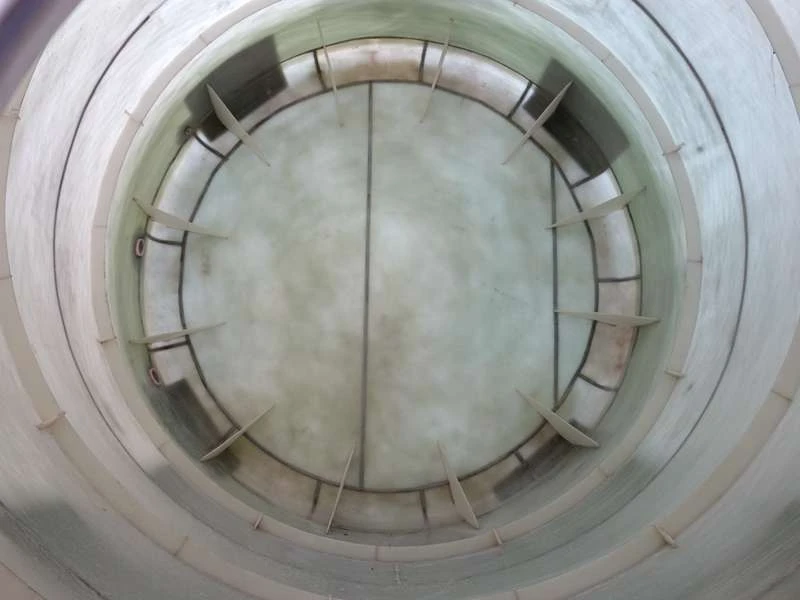
-
 Afrikaans
Afrikaans -
 Albanian
Albanian -
 Amharic
Amharic -
 Arabic
Arabic -
 Armenian
Armenian -
 Azerbaijani
Azerbaijani -
 Basque
Basque -
 Belarusian
Belarusian -
 Bengali
Bengali -
 Bosnian
Bosnian -
 Bulgarian
Bulgarian -
 Catalan
Catalan -
 Cebuano
Cebuano -
 China
China -
 China (Taiwan)
China (Taiwan) -
 Corsican
Corsican -
 Croatian
Croatian -
 Czech
Czech -
 Danish
Danish -
 Dutch
Dutch -
 English
English -
 Esperanto
Esperanto -
 Estonian
Estonian -
 Finnish
Finnish -
 French
French -
 Frisian
Frisian -
 Galician
Galician -
 Georgian
Georgian -
 German
German -
 Greek
Greek -
 Gujarati
Gujarati -
 Haitian Creole
Haitian Creole -
 hausa
hausa -
 hawaiian
hawaiian -
 Hebrew
Hebrew -
 Hindi
Hindi -
 Miao
Miao -
 Hungarian
Hungarian -
 Icelandic
Icelandic -
 igbo
igbo -
 Indonesian
Indonesian -
 irish
irish -
 Italian
Italian -
 Japanese
Japanese -
 Javanese
Javanese -
 Kannada
Kannada -
 kazakh
kazakh -
 Khmer
Khmer -
 Rwandese
Rwandese -
 Korean
Korean -
 Kurdish
Kurdish -
 Kyrgyz
Kyrgyz -
 Lao
Lao -
 Latin
Latin -
 Latvian
Latvian -
 Lithuanian
Lithuanian -
 Luxembourgish
Luxembourgish -
 Macedonian
Macedonian -
 Malgashi
Malgashi -
 Malay
Malay -
 Malayalam
Malayalam -
 Maltese
Maltese -
 Maori
Maori -
 Marathi
Marathi -
 Mongolian
Mongolian -
 Myanmar
Myanmar -
 Nepali
Nepali -
 Norwegian
Norwegian -
 Norwegian
Norwegian -
 Occitan
Occitan -
 Pashto
Pashto -
 Persian
Persian -
 Polish
Polish -
 Portuguese
Portuguese -
 Punjabi
Punjabi -
 Romanian
Romanian -
 Russian
Russian -
 Samoan
Samoan -
 Scottish Gaelic
Scottish Gaelic -
 Serbian
Serbian -
 Sesotho
Sesotho -
 Shona
Shona -
 Sindhi
Sindhi -
 Sinhala
Sinhala -
 Slovak
Slovak -
 Slovenian
Slovenian -
 Somali
Somali -
 Spanish
Spanish -
 Sundanese
Sundanese -
 Swahili
Swahili -
 Swedish
Swedish -
 Tagalog
Tagalog -
 Tajik
Tajik -
 Tamil
Tamil -
 Tatar
Tatar -
 Telugu
Telugu -
 Thai
Thai -
 Turkish
Turkish -
 Turkmen
Turkmen -
 Ukrainian
Ukrainian -
 Urdu
Urdu -
 Uighur
Uighur -
 Uzbek
Uzbek -
 Vietnamese
Vietnamese -
 Welsh
Welsh -
 Bantu
Bantu -
 Yiddish
Yiddish -
 Yoruba
Yoruba -
 Zulu
Zulu
Understanding Drill Rod Connections Fundamental Concepts and Key Insights for Effective Usage
Understanding the Basics of Drill Rod Connections
Drilling operations are pivotal in various industries, including oil and gas, mining, and construction. One key aspect of these operations is the use of drill rods, which are critical for transferring torque and facilitating the movement of drill bits. With the complexity of drilling systems, understanding drill rod connections is essential for ensuring efficiency and safety in drilling operations.
Structure of Drill Rods
Drill rods are typically made of high-strength steel to withstand the rigorous conditions of drilling. Each rod is designed to connect to another via threaded joints or connections, which secure the integrity of the entire drill string. The connection points are where the effectiveness of the drilling system can either be enhanced or compromised.
Types of Drill Rod Connections
There are several types of drill rod connections, each tailored to meet specific operational requirements. The most common types include
1. Box and Pin Connections This is one of the most traditional types of connections where the male (pin) end of one rod screws into the female (box) end of another. The threads are often coated with a lubricant to facilitate easier connections and disconnections. Box and pin connections provide a robust and reliable method for linking drill rods.
2. Flush Joint Connections In these connections, the outer diameter of the connection is the same as the drill rod. This design minimizes turbulence during drilling, enhancing the overall efficiency of the operation. Flush joints are particularly useful in applications where borehole stability is vital.
3. Integral Connection As the name suggests, integral connections allow for seamless continuity between the drill rod and the connection. This type minimizes weight and increases strength, making it ideal for deep drilling projects where traditional connections may not withstand the pressure and stress.
4. Tapered and Non-Tapered Connections These connections can affect how drilled material is removed and can influence the drilling speed and efficiency. Tapered connections often allow for better alignment between rods, reducing wear and tear over time.
Importance of Proper Connections
The importance of proper connections cannot be overstated. A faulty connection can lead to significant operational issues, including
drill rod connections understanding the basics and its ...

- Loss of Torque Insufficiently tightened or worn connections can result in loss of torque, which is critical for maintaining the energy needed to turn the drill bit effectively.
- Bending Moments Misaligned connections can create bending moments that may lead to rod failures or, in severe cases, loss of the drill string in the borehole.
- Cost Implications Inadequate connections can lead to downtime and increased operational costs due to repairs and maintenance.
Best Practices for Drill Rod Connections
To ensure optimal performance and longevity of drill rods, adhering to best practices is crucial
1. Regular Inspections Routine monitoring and inspection of drill rod connections can identify wear and tear before they escalate into more significant issues.
2. Correct Torque Specifications Adhering to manufacturer torque specifications during installation and maintenance of connections will help maintain their integrity under pressure.
3. Use of Lubricants When connecting rods, utilizing appropriate lubricants can help prevent galling and make future disconnections easier.
4. Training and Technology Investing in training for personnel handling drill rods and adopting modern technologies, such as torque measurement systems, can enhance connection reliability.
Conclusion
Understanding drill rod connections' fundamentals is key to enhancing drilling efficiency while minimizing risks associated with drilling operations. By selecting appropriate connection types and following best practices, operators can ensure a safer and more productive drilling environment, ultimately contributing to the overall success of their projects. As drilling technology continues to advance, keeping abreast of new developments in drill rod connections will be essential for staying competitive in the industry.









